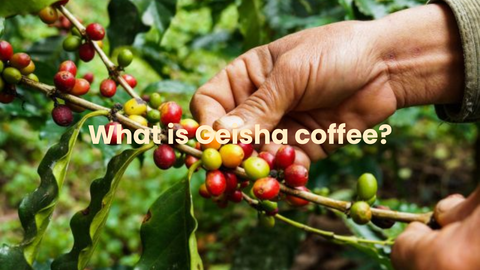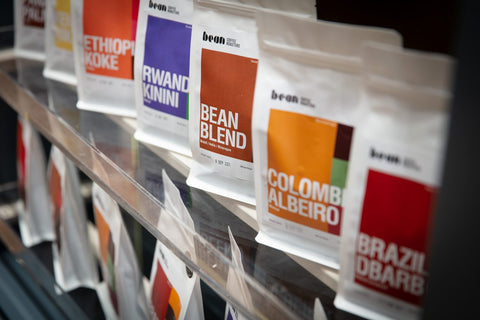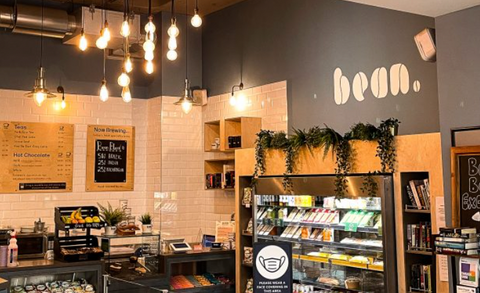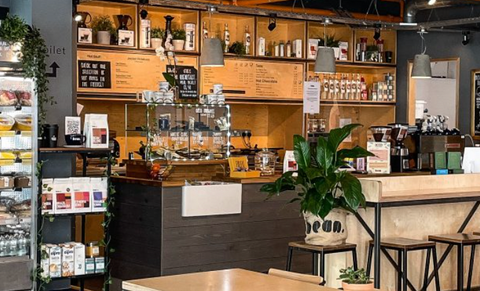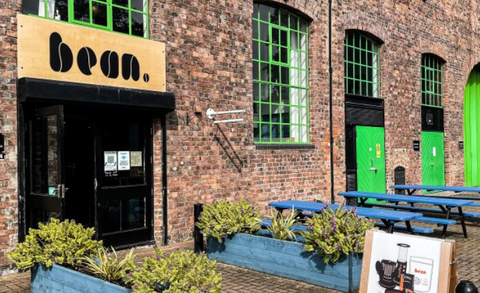Mid february we launched our brand new single origin - Colombia Camilo Enciso! This VERY limited edition coffee comes straight from the El Triunfo Farm in Planadas, Colombia and is packed with fruity and vibrant flavours notes, which is common in the geisha bean variety.

But what is Geisha and why are we so excited about it?
History
Geisha is a type of specialty coffee bean that is highly prized for its unique flavour profile and exceptional quality. The varietal gets it's name from the Gori Gesha forest in Ethiopia, where it is said to have originated.
The Geisha varietal was taken to Costa Rica in the 1950's, where at the Centre for Tropical Agricultural Research and Higher Education Centre (CATIE) it was discovered that this variety was resistant to a disease of coffee trees, known as leaf rust. Gesha was then taken across the boarder into Panama by Don Pachi Serracin, in the hope of cultivating it there, but unfortunately, due the low altitude of the crops it meant that it didn't grow as well as was hoped.

The year of 2004 is when the geisha variety really got it's notoriety, and took centre stage at the Best of Panama Auction. The beans from Hacienda La Esmerelda came first, and broke records going for a whopping $770 per kilogram - this record was broken again by Hacienda La Esmerelda in 2017 when a lot went for $1029 per kilogram!
Flavour
The unique taste of geisha coffees is due to the specific climate and growing conditions of the regions where it is cultivated, as well as the processing methods used during harvesting and roasting.

Gesha is known for its sweet flavour and aroma of floral notes, jasmine, chocolate, honey, and even black tea. These sweet floral notes, and complex flavour profiles are some of the many characteristics that Gesha coffee shares with most other African coffees.
Growing Environment
Geisha is a difficult plant to grow. It grows best at high altitudes (1,400+ meters above sea level), is low-yielding, and can be delicate. The leaves of the plant are very thin compared to other coffee varieties, meaning that photosynthesis is far less efficient than other varietals. The roots of the Geisha varietal also has a poorer root system compared to other varietals, this means less intake of water and energy. A Gesha plant produces half the beans that a Catuai does, for example.

The soil where geisha grows also plays an important role, 12% of Colombian land is covered in volcanic ash which is rich in potassium and calcium. Colombia also has a unique microclimate, similar to Panama, due to the winds from the northern Caribbean and the South Pacific, which cross at the same place.

Geisha needs to be picked in the perfect moment of maturity – and it needs to start process immediately. You can read more about coffee processes here!
Geisha or Gesha?
No, it isn't a typo! The correct spelling of the name is another mystery that defines this variety. It is normally pronounced and written without the “i”, after it took its name from the forest of the same name in southwestern Ethiopia. Perhaps the first researchers preferred the word Geisha because it was more familiar to them - there is still no direct translation of the local Kafa language into English.
You can learn more about the argument for Geisha or Gesha here!

